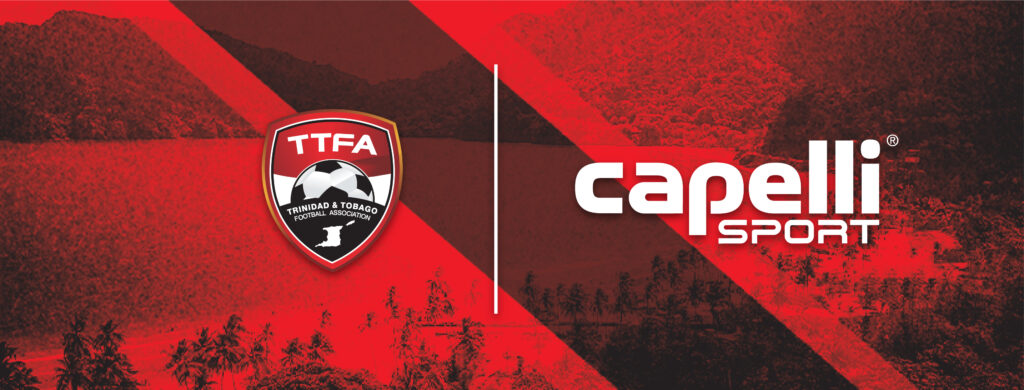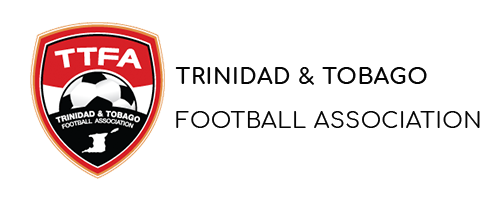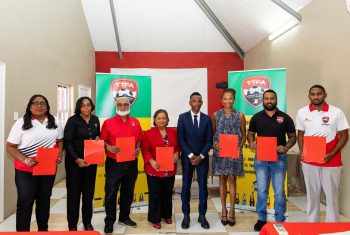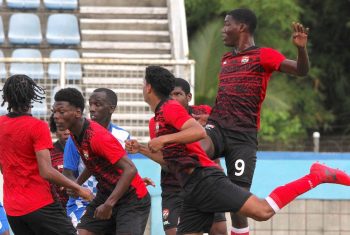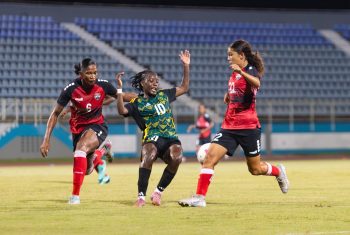General Media Guidelines for our Events/Matches
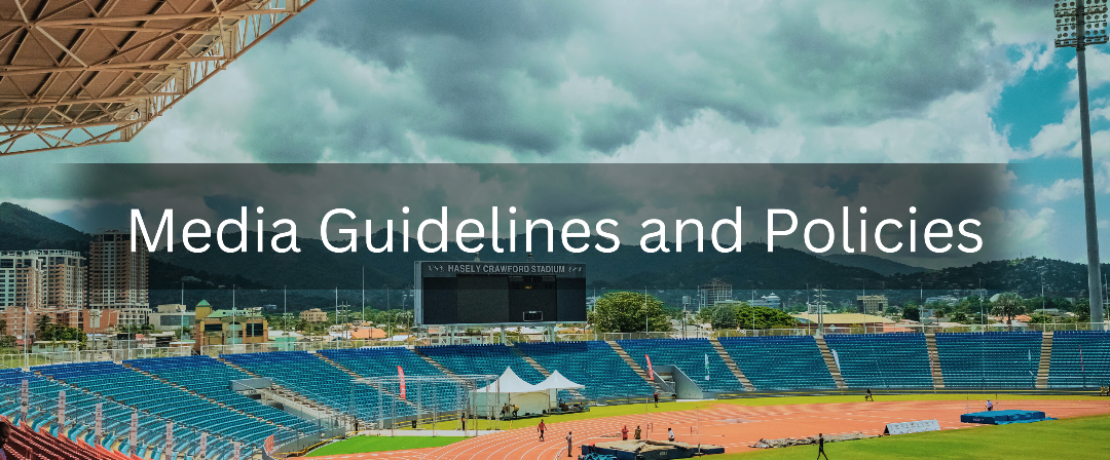
General Media Guidelines for our Events/Matches
These guidelines will be in force for the entire duration of our competition and International Friendly matches, including match days and non- match days. Accredited media members must ensure that they have read and understood these guidelines. Any violations may result in immediate loss of media accreditation (for members and organizations) for the relevant competition and future events.
2.MEDIA ACCREDITATION
The media accreditation process will be conducted individually.. The success of individual applications will depend on factors such as the space available because of capacity limitations and the applicant’s ability to demonstrate a history of professional coverage of sport and football in general.
- Accreditation categories
Written and internet media (media): reporters from written and internet media, non-rights holding tv stations and non-rights holding radio stations.
Tv non-rights holders (media): cameraman from non-rights holding tv stations.
Photographers (photo): still photo professional photographers only (no smartphones or video cameras). - Accreditation card guidelines The accreditation card is a device issued by TTFA or Concacaf that grants access to a specific competition for individuals who will be performing an official duty. An accreditation card does not grant the right to a spectator seat, and it must always be worn visibly, as it helps security identify everyone and the role they are performing. Furthermore, and as a deterrence to counterfeiting, accredited media may not distribute photos of their accreditation card via social media. Violation of this rule may result in immediate loss of accreditation.
MEDIA GUIDELINES
- Media working areas
- Media seats: a special area of seats will be available for working media to watch the matches. Complimentary wireless internet may be available.
- Press conference room: a room will be available for accredited media to attend press conferences.
- Mixed zone area: there will be one or more areas on each team’s respective path from the dressing rooms to the buses, where media members will be able to interview players.
- Media activities The following media activities may take place during the competition. For confirmed times and locations, please check with TTFA Media. Accredited media members may record these media activities, but under no circumstance may they be broadcast live unless permission has been granted by TTFA Media.
- Official training sessions: when official training sessions take place on match day-1, they will be open to all accredited media for at least 15 minutes. After the 15 minutes, all media will be accompanied to the exit, allowing the teams to train privately, if so desired.
- Press conferences: official press conferences may take place on match day-1 and post-match. Press conferences may be available in person and virtually, and videos may be available for download in the media galleries page of the TTFA’s Social Media platforms
- Mixed zone: a mixed zone area may be available for accredited media members to conduct in person post- match interviews with players. Players may pass through the mixed zone after having entered and exited their dressing room and on their way to their team bus.
- Video recordings and broadcast equipment Violation to any of the TTFA or concacaf video recording and broadcast guidelines will result in immediate loss of media accreditation (member and organizations).
- Match recordings: no recording of any portion of a match is permitted, including but not limited to video recordings with smart phones.
- Match highlights: to obtain match highlights, please contact TTFA Media or use what is published on Concacaf’s or TTFA’s Youtubepage . For more information, please contact TTFA Media at ttfa.media@yahoo.com/
- Live broadcasts: live broadcasters are not permitted inside competition stadiums and training grounds. This includes but is not limited to all match day-1 and match days. This limitation also includes all official activities taking place virtually, unless discussed and permitted by TTFA Media

For avoidance of doubt, this limitation includes any type of live broadcast and recordings in the stadium’s competition areas, public areas, stands, press box/media tribune, press conference room and mixed zone area.
• Broadcasting equipment: live broadcast packs are not permitted in stadiums, please plan to leave these devices outside. Storage will not be provided and neither TTFA or Concacaf nor the stadiums will be held responsible for lost, stolen or misplaced property.
6. Photographer guidelines
- Each photographer will be issued with a photo accreditation badge and photographer’s bib.
- Photographers may only work at field level.
- To work field level, a photographer requires two items: an accreditation badge and a bib. The bib must be worn, visibly, at all times when in the stadium.
- Photographers may only work in the field zones reserved for them (and not in the zones reserved for television camera operators).
- Only TTFA and Concacaf approved photographers will be allowed to work from the touch line on the side of the team benches.
- Photographers must never work in front of the field-side advertising boards and must not obstruct these boards in any way at any time.
- Photographers must allow players sufficient room to take corner kicks, as directed by the referee or any other concacaf official.
- Once the match has begun, photographers must not move from their designated positions.
- Photographers may move to the other end of the field for penalty shoot-outs, as instructed by concacaf officials.
- Flash photography is not permitted during the game.
- Monopods are permitted, but not tripods and umbrellas.
- Photographers may set up remote cameras in a designated area between the goal net and the advertising boards, but only in such a way so as not to interfere with either. The equipment (small tripod and camera) must not exceed a height of 25cm. The final decision on the placement of any remote cameras shall be taken together with the referee. Remote cameras may only be manually adjusted at half-time, and not during the match. Cabled remote controls are recommended as radio frequencies in the stadium may interfere with wireless devices.
- Approximately 15 minutes before each match and as instructed by a TTFA or Concacaf media officer, the field photographers may come to the center of the touch line, where the teams will line up for the match protocol and team group pictures. It is strictly forbidden for photographers to encroach onto the field of play at any time. After the protocol, the teams will shake hands and pose for team group pictures at the same distance. This is followed by the coin toss.
- Immediately after the pre-match coin toss, all photographers shall disperse to their working positions and not stop to take pictures of the team officials or players on the benches.
- At the end of each half, photographers shall remain in their positions until all players and match officials have left the field.
- Accredited photographers are only permitted to provide still photos. Any failure to respect this rule shall be regarded as a violation of the tournament’s guidelines and may lead to sanctions.
- At no time – either before, during or after any match – may photographers enter the field of play for any reason. This is also valid for celebrations after the final. Nor may they enter the dressing rooms at any time, even if invited to do so by players or team officials. Failure to respect this rule may lead to the withdrawal of the photographer’s accreditation for the remainder of the competition.
- Field access will be available from two hours before kick-off (subject to change).
